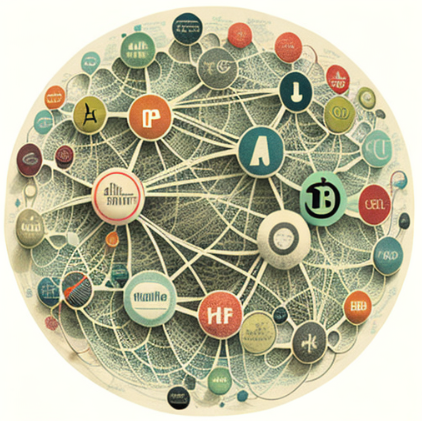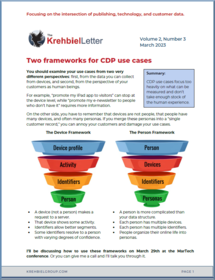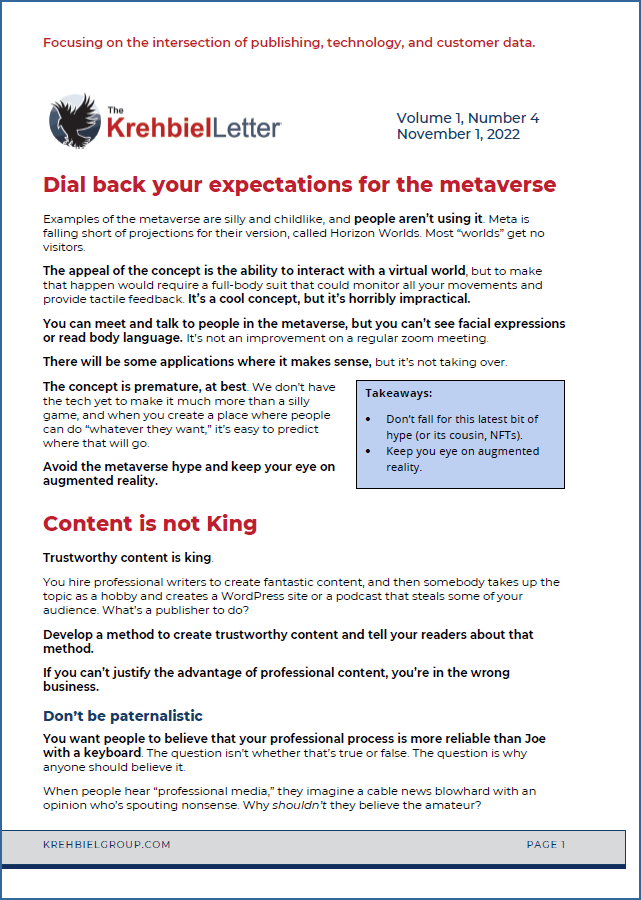
4 tips to improve your email sign-up page and process
Summary: To improve the performance of your e-newsletter sign-up process, (1) Make it pop, (2) Make it compelling, (3) Make it easy, and (4) Make it fast. Avoid these all-too-common mistakes with your e-newsletter sign-up Email is becoming more and more important to publishing companies as search traffic gets scarcer. And I predict it’s only…












